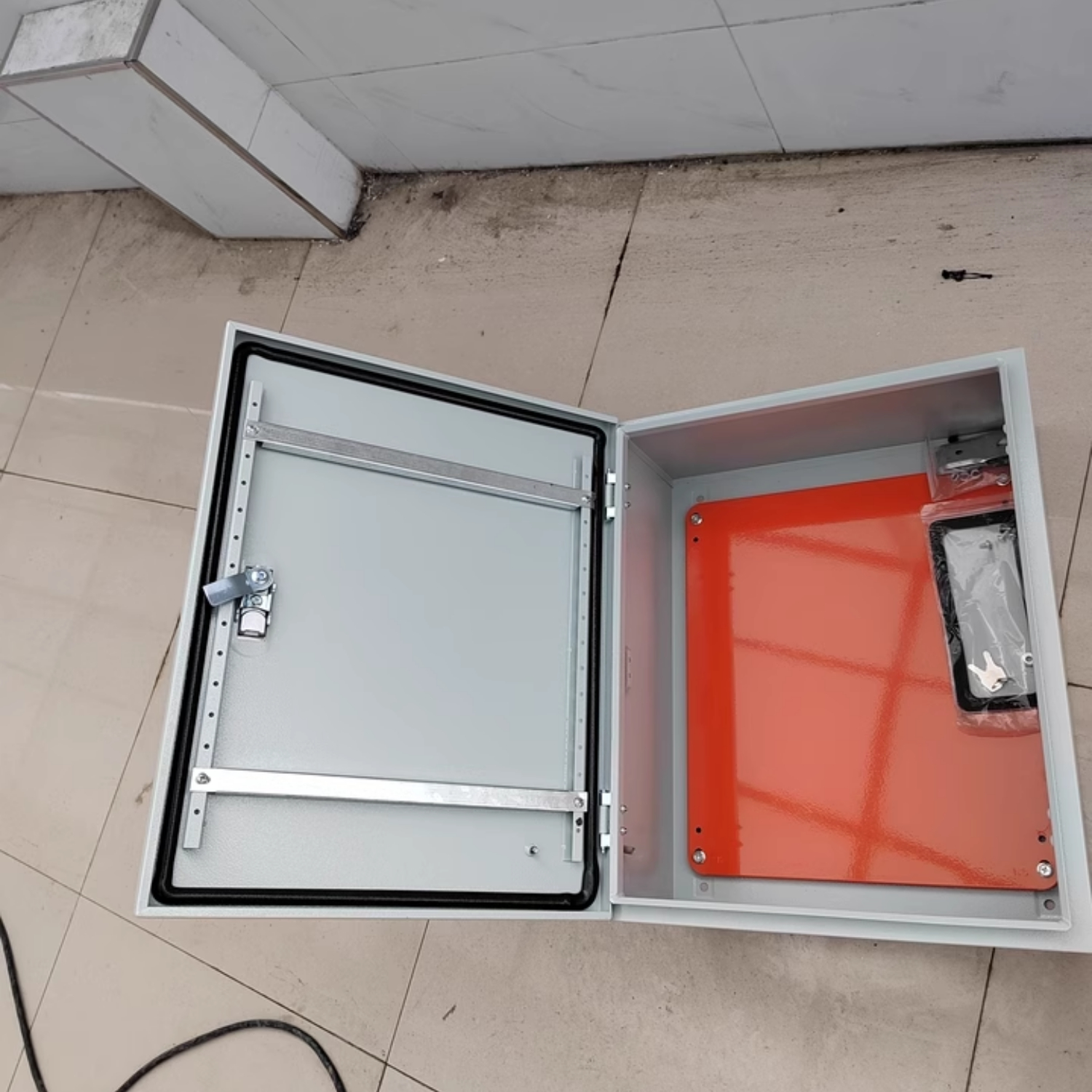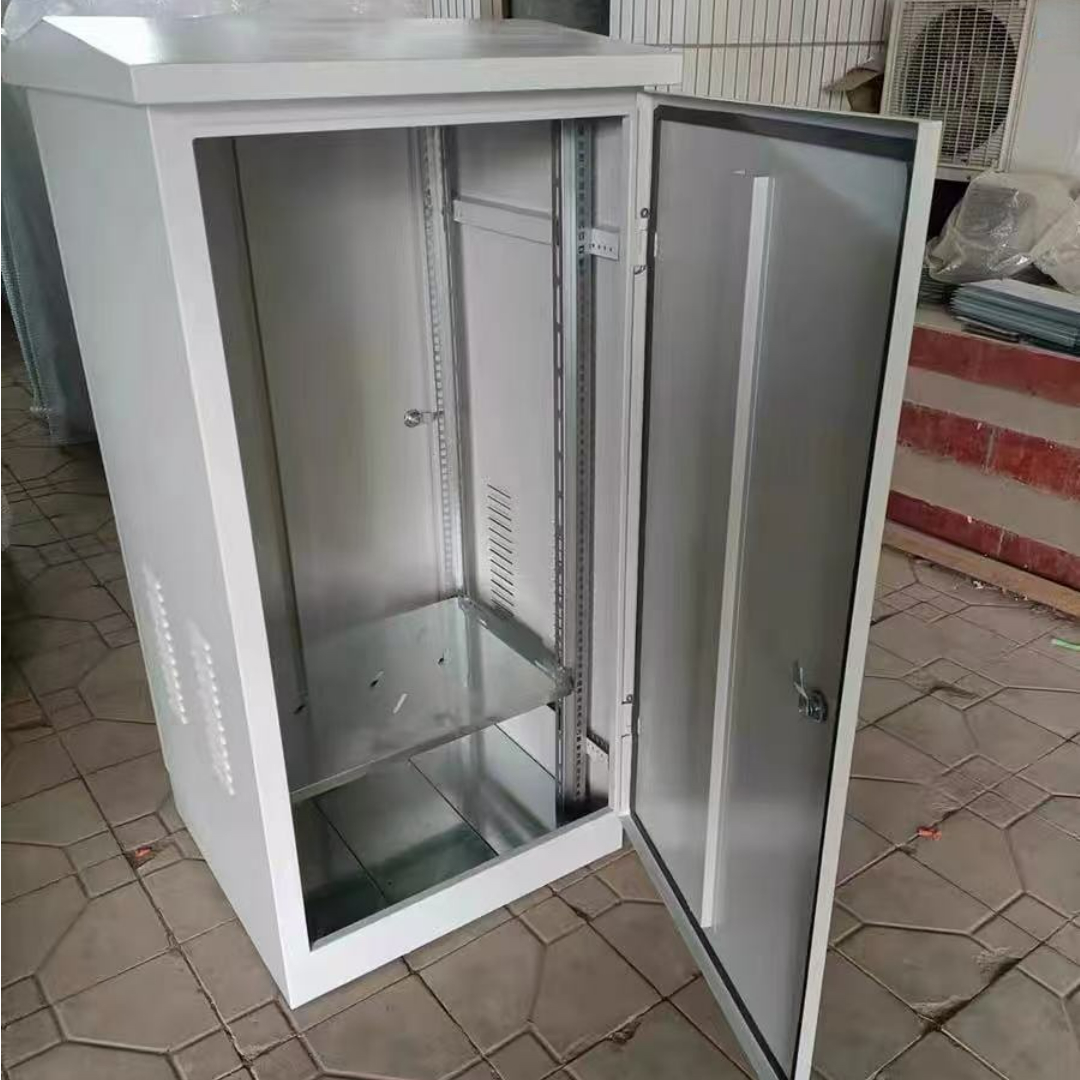Home / News / Industry news
Industry news
Jul 27,2025
By:Shinging
"Begin as you intend to continue" is an ancient piece of advice credited to various sources throughout history — and, like many proverbs, it remains relevant because it typically offers sound guidance.
The way you arrange your preparations initially will significantly influence the final outcomes, especially regarding electronic devices and their design and assembly.
There exists a specialized set of practices in the industry that emphasizes this issue — the “Design for Assembly” (DFA) approach. Design for assembly simplifies the assembly process, making it quicker and more uniform, leading to beneficial impacts on productivity.
These methods have evolved over many years through the efforts of top designers in the electronics sector. They’ve provided us with iconic achievements, like the Sony Walkman — a product that’s designed almost flawlessly for mass production, due to its sleek and straightforward design.
DFA techniques typically encompass intricate calculations, featuring graphs that evaluate a design by imposing penalties for assembly duration, total cost, and part count. However, they can be simplified into a few straightforward and efficient principles that can act as a direction without necessitating a designer to invest countless hours analyzing tables.
At Shinging, we design our electronics enclosures to align with various design philosophies.
In this section, we will examine 12 fundamental principles that can simplify device assembly and enhance manufacturing efficiency.
These are not strict guidelines that must be adhered to in all scenarios, but they are helpful concepts to consider for guiding your designs in a manner that promotes efficiency throughout each phase of the product development process.
Let's start with a brief overview of how the DFA method operates.
1.What Does Design for Assembly Entail?
Design for assembly encompasses a collection of best practices in device design that aim to facilitate easier assembly and manufacturing of a product.
DFA strategies focus on minimizing the number of parts and assembly steps while ensuring the assembly process is as error-proof as possible.
Essentially, design for assembly entails considering that the device you are currently creating will eventually be assembled physically, whether by a human or a robot, and that the assembly process will be significantly simpler if the designer adheres to certain best practices in electronic design.
Simpler assembly usually leads to decreased production expenses and more efficient assembly processes overall.
2.12 Essential Tips for Assembly Design
Seek the graceful answer. The pursuit of simplicity and elegance ought to be one of the core principles that directs your design from the outset.
Designing for assembly can be viewed as creating a solution that simplifies complexity at every phase of the process, ensuring efficient and functional performance.
Additionally, a design that's simpler to assemble typically provides enhanced durability, greater ease of disassembly and repair, along with a better experience for the user.
Clear and refined solutions frequently aren't apparent at first glance, making it essential for DFA to allocate time during the design and prototyping stages for each design to progress.
Consider your design from different angles and take your time, or seek input from others within your organization.
3.Incorporate DFM (design for manufacturing) concepts.
The concepts of designing for assembly and designing for manufacturing are interconnected, as both emphasize a smooth and effective procedure.
Design for manufacturing aims to achieve time and cost efficiency in the creation and procurement of parts, whereas design for assembly focuses on enhancing the actual assembly process of those parts.
The two concepts are so closely linked that they are often collectively termed design for manufacturing and assembly (DFMA). The main point?
Several crucial aspects to take into account begin at the parts manufacturing phase, so ensure that you’re paying attention to these detailed issues, even while you’re reflecting on the overall concept of how your design integrates.
4.Maintain realistic expectations.
Thanks to contemporary machining technology, it’s feasible to produce components with very tight tolerances — however, being able to doesn’t imply it’s necessary.
Components requiring greater precision in machining will require more time and incur higher costs to produce.
Additionally, designing a system with multiple components that have exact tolerances raises the chances of issues if any one is found to be out of specification.
Therefore, although there is an inherent attraction in creating a device where every component aligns precisely to the micrometer, it frequently involves far more effort than the benefits it offers.
Incorporating some flexibility in your “tolerance stack” will enhance your design's resilience and lessen the likelihood of issues.
5.COTS components can accelerate, reduce costs, and simplify assembly.
Creating your device using commercially available (COTS) components is an excellent way to reduce costs and save time.
Numerous essential functional parts of a device, such as enclosures, springs, motors, and gears, can be purchased pre-made instead of manufactured internally.
Commercial components can be equally effective as custom alternatives when sourced from a trustworthy supplier, and assembly line staff and supervisors typically have knowledge of the necessary processes and tools for their assembly.
Minimizing the need for custom machining and fabrication can significantly ease your efforts in the design phase.
The less custom components you need to create, the more time and effort you’ll have to concentrate on the particular challenges of the device in question.
Shinging provides numerous excellent choices for enclosures that can be utilized immediately upon unpacking.
Our clients appreciate our enclosures that feature integrated knockouts for simple assembly and installation, and we go further by providing tailored machining and cutouts on our polycarbonate, ABS, and aluminum models.
Place your cutout order simultaneously with your enclosures, and we will deliver complete enclosures prepared for assembly within one to three weeks.
6.Select elements that are simpler to understand and handle.
This advice is particularly crucial if you’re creating a device that robots will put together — a scenario that is becoming more common in today’s manufacturing landscape.
Components that are tiny, uncommonly shaped, slick, or otherwise challenging to hold and handle are all more prone to create issues during both manual and automated assembly.
Flexible components like cables, gaskets, and belts are among the top culprits, so minimize the necessity for these parts whenever possible.
Create and utilize components that incorporate integrated fasteners whenever feasible.
Screws, bolts, and nuts — they can fit into a properly designed apparatus. However, if you can create yours without, it will enhance your design’s efficiency and simplify assembly.
Conventional fasteners like nuts and bolts consume significant assembly time, and threaded fasteners can be especially labor-intensive.
Integrated fasteners like snap fits and adhesive fasteners are simpler to utilize and typically do not need any special tools.
It’s important to recognize that incorporating snap fit fasteners frequently raises the complexity of the injection molding needed for your components, so design the pieces with injection molding considerations and don’t hesitate to seek advice from your manufacturing team or parts supplier.
Like every element of a DFA/DFM process, your fastener design must align with the requirements of those (or machines) performing the actual work.
7.Reduce the variety of parts and sizes of parts.
Examine the number of parts in your design and question if each part is genuinely essential. Is it possible to merge several components into a single one?
Focus especially on sections that solely serve to link two other sections.
These can often be removed by directly connecting the sections or utilizing one part. The concept is to remove components that may become unnecessary.
An additional key tip for saving time and effort is to standardize your components as much as possible.
It's preferable for an assembly line worker to utilize a single standard size of screw for the entire enclosure instead of managing various sizes and tools, as this can streamline ordering, supply chain, and inventory processes.
8.Discover methods to develop and implement modular components in your designs.
Modular assemblies can significantly reduce the time needed for your assembly process, particularly if you have various variant devices that utilize fairly similar modules.
Establishing a system of modular components is particularly beneficial for enhancing the efficiency and quality of automated device assembly.
Additionally, devices that incorporate modular design are generally simpler to repair, modify, and personalize, enhancing their usefulness and lifespan.
9.This is a situation where Murphy’s Law is relevant.
The greater the possibilities for errors in the assembly process, the higher the likelihood of one happening — thus reduce them whenever you can.
By engineering your device to effectively handle the broadest array of variables imaginable, you position yourself for achievement.
You may not always meet all of these objectives, but consider them while you're refining your design:
Reducing “no contact” zones Selecting components that are more resistant to typical threats like dust and skin oils.
Reducing fragile assembly movements and risks of unintentional component harm.
Creating machined parts with ample tolerances (refer to tip number three above)
10.Ensure that it is clear in which direction a component should be inserted.
The clearer a component’s proper alignment is, the less time will be squandered during assembly determining it or, even more critically, installing it incorrectly. This can be as easy as including a minor notch on a component to provide a visual cue for its proper orientation.
If you cannot make it visually clear where a component belongs, ensure the part cannot be assembled incorrectly and sent along the line, as this could lead to a disastrous series of issues.
11.Ensure your design teams include diverse viewpoints.
Nothing compares to a fresh set of eyes for offering a new viewpoint, and it’s even more valuable when that viewpoint is provided by someone with a distinct professional background.
Gathering feedback from any or all of the following can significantly aid in crafting stylish and practical designs:
Designers of other devices and products
Workers on the assembly floor
Specialists in automation
Personnel involved in parts production and sourcing
Quality control staff
Focus groups with end users
12. Allow some room to operate.
When you think about the dimensions of the case that your device requires, avoid complicating things for your assembly line.
A design that tightly fits everything into the smallest space might appear refined, but it can create issues during assembly.
If the employee or robot putting together the device lacks space to move their tools and components, the design isn't truly elegant; it's merely compact.
Examine closely the space required for the assembly process and think about increasing the enclosure size by one or two levels.
The majority of Shinging models are available in various sizes. All these principles must be maintained in equilibrium.
For instance, minimizing parts in a design is beneficial, but not if it results in a delicate, irregularly shaped component that assembly robots may easily damage.
Ultimately, the essential aspect is to view the design comprehensively and to develop something that integrates and harmonizes the various components we've discussed.
No single strategy will result in the perfect design, so opt for a comprehensive approach instead. Regardless of the design principles you adhere to, Shinging's enclosures are crafted to satisfy the highest standards of electrical enclosure functionality.
Whether you require a highly durable waterproof casing or a stylish instrument holder, our enclosures will exceed your expectations and allow you to concentrate on the other vital elements of your design.or further details on how Shinging's enclosures can fulfill your design requirements, reach us at +86 18939857433 or get in touch with us online

The global shift towards renewable energy has made solar energy the cornerstone of sustainable infrastructure. For commercial professionals supervisin...
Dec 18,2025 / Industry news
In industrial infrastructure, selecting enclosure materials for Power distribution cabinet Enclosure is a crucial choice influencing durability, cost ...
Dec 16,2025 / Industry news
In industrial and commercial environments, electrical junction box enclosures are important protective tools for electrical systems. These enclosures ...
Nov 25,2025 / Industry newsOnline

Provider of Complete Metal Manufacturing Solutions
+86 18939857433
1188 Jiu Ye Road, Shanghai, China
11561 N Lamar Blvd,Austin,Texas,United States of America,78753
Gyeongin-ro 56-gil 8, ,3F jjbeauty,Guro-gu,Seoul,Guro-gu,Seoul,Republic of Korea
Top
Copyright © 2025 Shinging Technology Co., Ltd.,
Power By Bontop